
Michigan’s industrial foundation cracked open this summer. Between March and July 2025, five major factories were shuttered, wiping out roughly 5,161 direct jobs and threatening thousands more. Cleveland-Cliffs led the cascade: the company announced it would idle the blast furnace at Dearborn Works—about 600 workers were notified in July that they’d be let go. Shortly after, Stellantis warned it might lay off as many as 2,450 people at its Warren Truck Assembly plant. Union officials say the speed of the cuts left workers reeling.
University of Michigan economist Gabriel Ehrlich told state lawmakers that the new tariffs could cost about 13,000 jobs over the next few years. Even companies acknowledge the hit.
Tariff Fallout
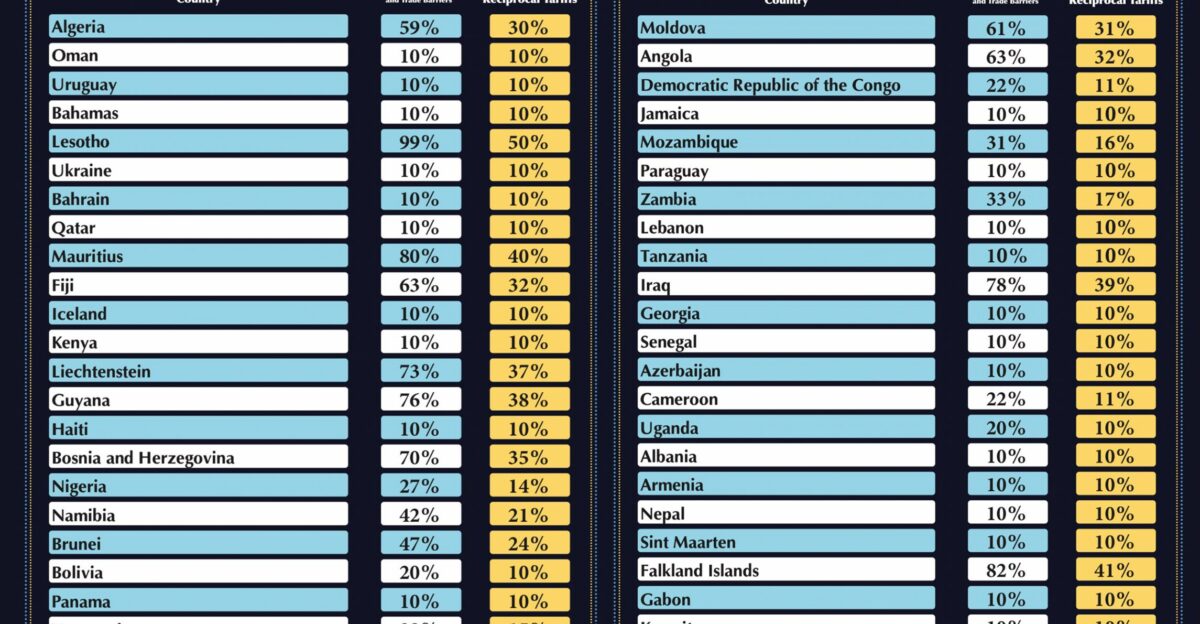
The carnage has been linked closely to President Trump’s aggressive trade war. In April 2025, the administration imposed 25% tariffs on all auto imports and raised a 10% levy on all other goods, compounding existing steel/aluminum tariffs. These levies have choked demand in Michigan’s factories. “Michigan could lose 13,000 jobs as a result of tariffs on the automotive industry,” U‑M’s Ehrlich testified, noting that the duties effectively added about $6,200 to the cost of each vehicle.
Many Michigan companies now cite those higher costs and falling sales as the reason for cutbacks. Cliffs, for example, told industry media it was idling Dearborn because of “weak automotive production” in the U.S. (a reality worsened by tariffs).
Industrial Heritage
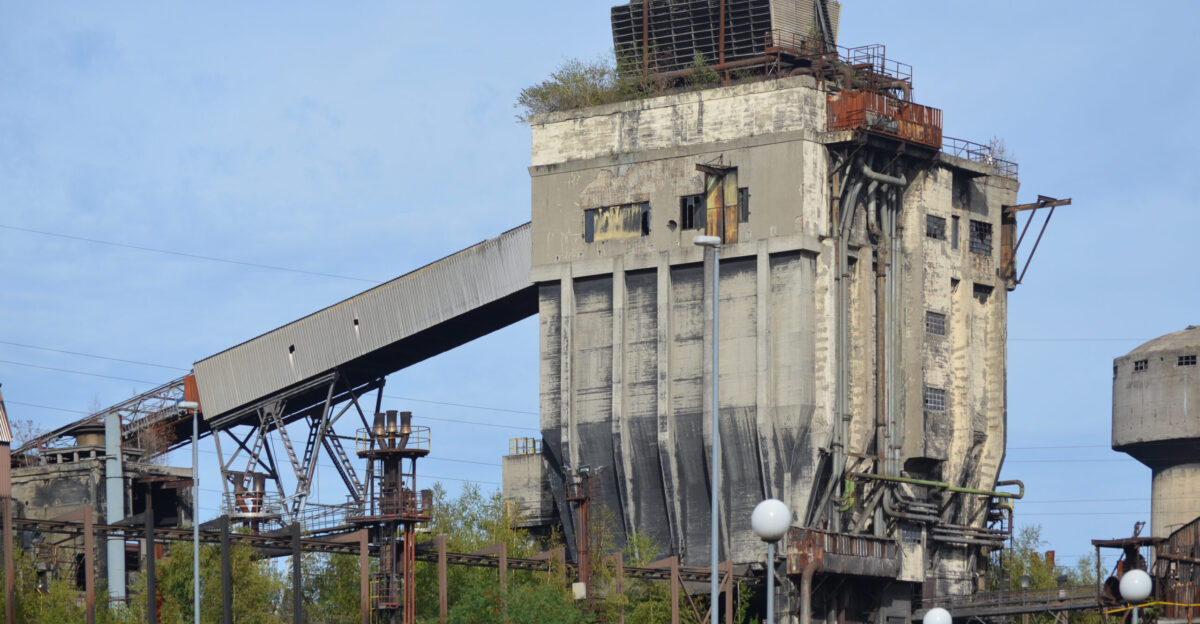
Michigan is confronting a century of industrial legacy being unwound. Manufacturing still accounts for about 13% of the state’s workforce – roughly 598,000 workers as of mid-2025 – and nearly one-fifth of Michigan’s GDP (with autos alone representing about 20% of factory output). These factories traditionally anchored whole towns; each plant job supports roughly 2.5 additional positions in suppliers, retail and services.
In places like Dearborn and Warren, the local economy and community identity were built around these plants. Now those communities are bracing for a very different reality.
Economic Pressure

The closures were the culmination of mounting pressures on Michigan manufacturing. A year of rising interest rates had already cooled auto sales, while lingering supply-chain snarls (from past trade fights) kept parts expensive. The new 2025 tariffs added the final squeeze. One analysis finds that Michigan’s integrated North American supply chains now incur multiple tariffs on a single car, effectively adding about $6,200 in costs per vehicle.
Michigan firms face higher input prices on all sides. And some economists say Michigan is especially vulnerable to these shifts: “Michigan tends to be more exposed to those factors than other states,” warned Jeff Donofrio of Business Leaders for Michigan.
The Closures

Between March and July 2025, the pressures turned into shutdowns. On March 28, Cleveland-Cliffs announced it would temporarily close Dearborn Works’ blast furnace (2.2 million ton capacity), directly affecting about 600 steelworkers. In April, Stellantis confirmed a one-shift cut at Warren Truck Assembly, warning that up to 2,450 of the plant’s 3,700 workers could lose jobs.
That same spring, Quality Metalcraft – an auto-parts fabricator in Livonia – filed WARN notices for 41 permanent layoffs of its 351 employees. Also in July, Daimler Truck’s Detroit Diesel plant joined a 2,000-worker North American workforce reduction, and NPR of America said it would close its 70-person Grand Haven valve-seat plant.
Regional Impact
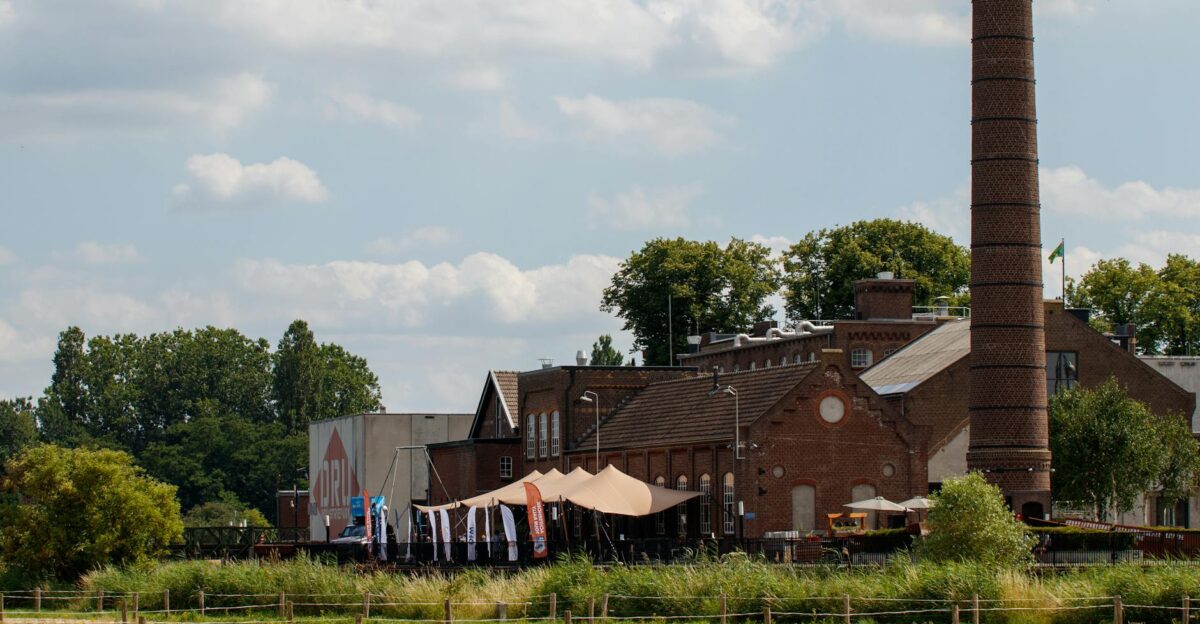
The plant closures have devastated local economies. In southeastern Michigan, unemployment is now climbing well above the national average – Wayne County’s rate alone jumped into the high 5% range by mid-2025. Laid-off workers have cut spending at Main Street businesses across the region, triggering 15–30% sales declines at some restaurants and shops. The Dearborn mill idling removed roughly $180 million in annual payroll from the local economy; Warren’s truck plant cuts took away another $150 million or so.
Social services are straining under the blow: food banks in the hardest-hit areas report demand up roughly 40%, and local tax revenues are falling as shuttered plants stop producing property income.
Worker Stories
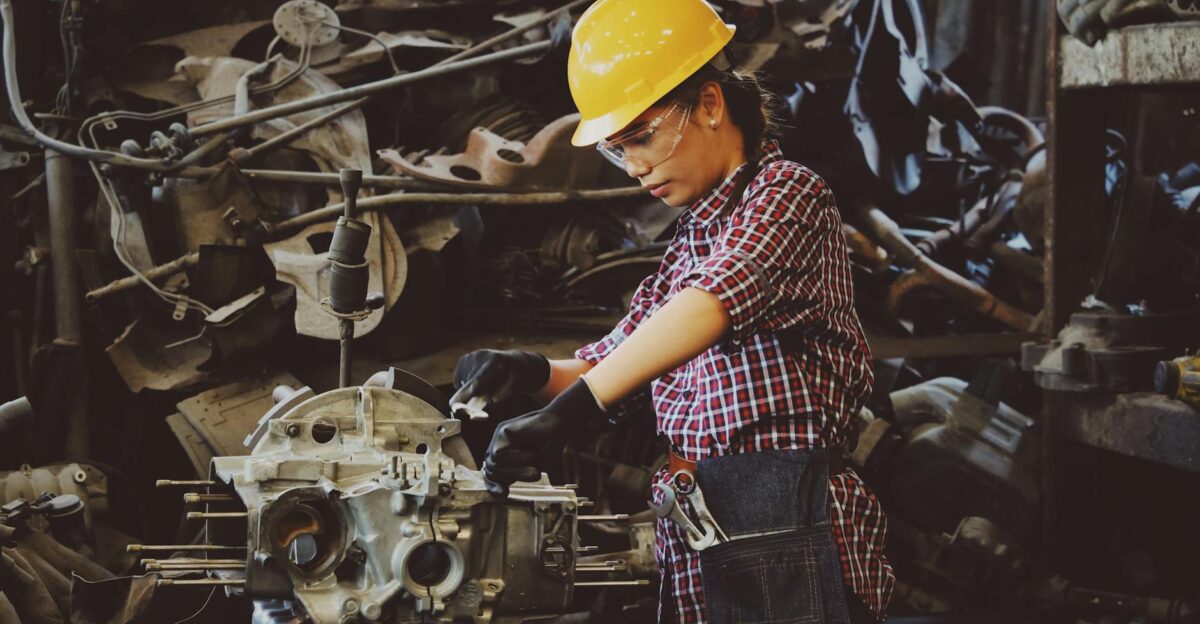
Behind the statistics are thousands of families facing hard choices. Many affected plant employees had worked decades on the line, with generations of the same families in the unions. “It’s pure devastation,” said UAW Local 600 president Romaine McKinney III of the situation at Warren Truck Assembly, describing low morale after a year of layoffs and buyouts. UAW president Shawn Fain echoed that sentiment on a broader stage, calling Stellantis’ decision “a completely unnecessary choice the company is making” given that, he said, it “has the money, the capacity…to employ thousands more UAW members”.
Meanwhile, union stewards are scrambling to help laid-off members. “Our first concern will be to look around at all the companies where we have members and see if we can find jobs…jobs are going to be the key,” said one local officer.
Supply Chain Disruption
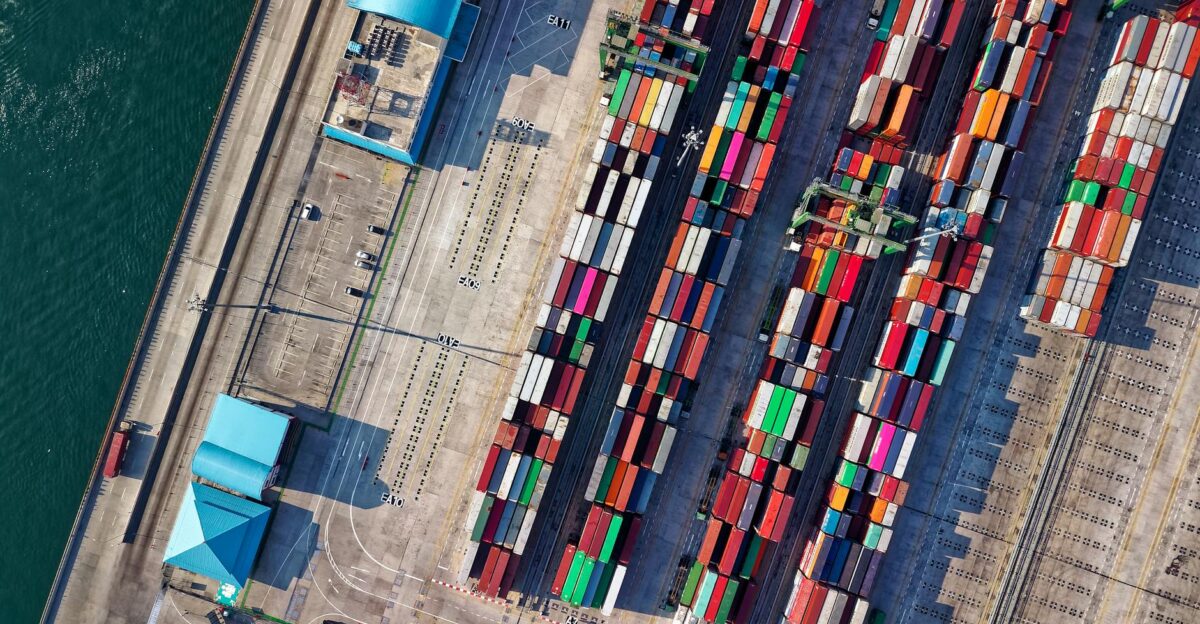
The pain is rippling throughout Michigan’s tightly knit manufacturing network. When Dearborn’s furnace went dark, Cliffs had to shift 600,000 tons of steel production out of state. The Warren Truck pause rippled far beyond Michigan: auto suppliers from Ohio to Ontario report that 10,000–12,000 of their workers have been idled by the Stellantis halt.
The North American just-in-time parts system, once hailed for its efficiency, has become brittle under the tariff-induced chaos.
Economic Multiplier

The numbers add up to a classic multiplier disaster. Michigan economists calculate that every lost manufacturing job typically wipes out about four jobs in the wider economy. By that math, the 5,161 direct layoffs could ultimately translate into roughly 13,000 lost positions statewide. The fiscal impact is already surfacing: state budget analysts just slashed revenue projections by about $456 million for the 2025-26 fiscal year in response to the slump.
Transportation equipment manufacturing – Michigan’s largest sector – is expected to shed around 7,000 jobs this year alone.
Future Uncertainty

Looking ahead, Michigan’s path is anything but clear. A few company officials have expressed cautious hope of revival – for example, Cleveland-Cliffs said it could potentially restart the Dearborn mill “once President Trump’s policies take full effect”. But that is far from a sure thing, and in the meantime Michigan’s job market remains weak.
The statewide unemployment rate (about 5.5% in spring 2025) is well above the roughly 4.2% national rate, even as factory job openings have slid about 12% year-over-year.